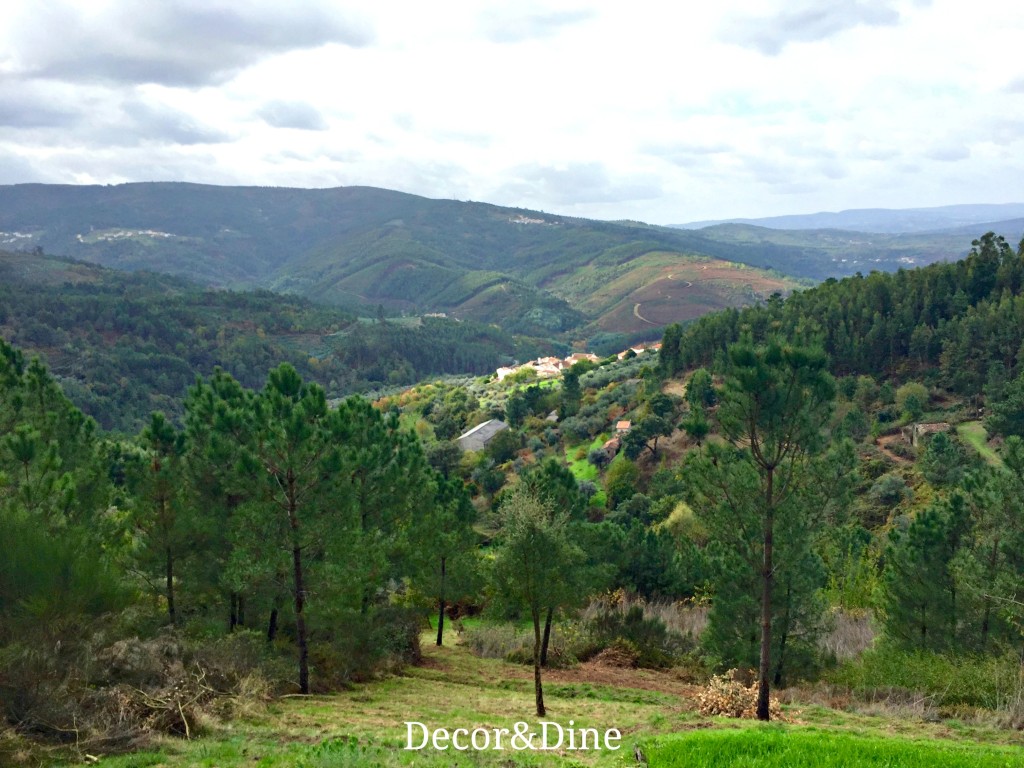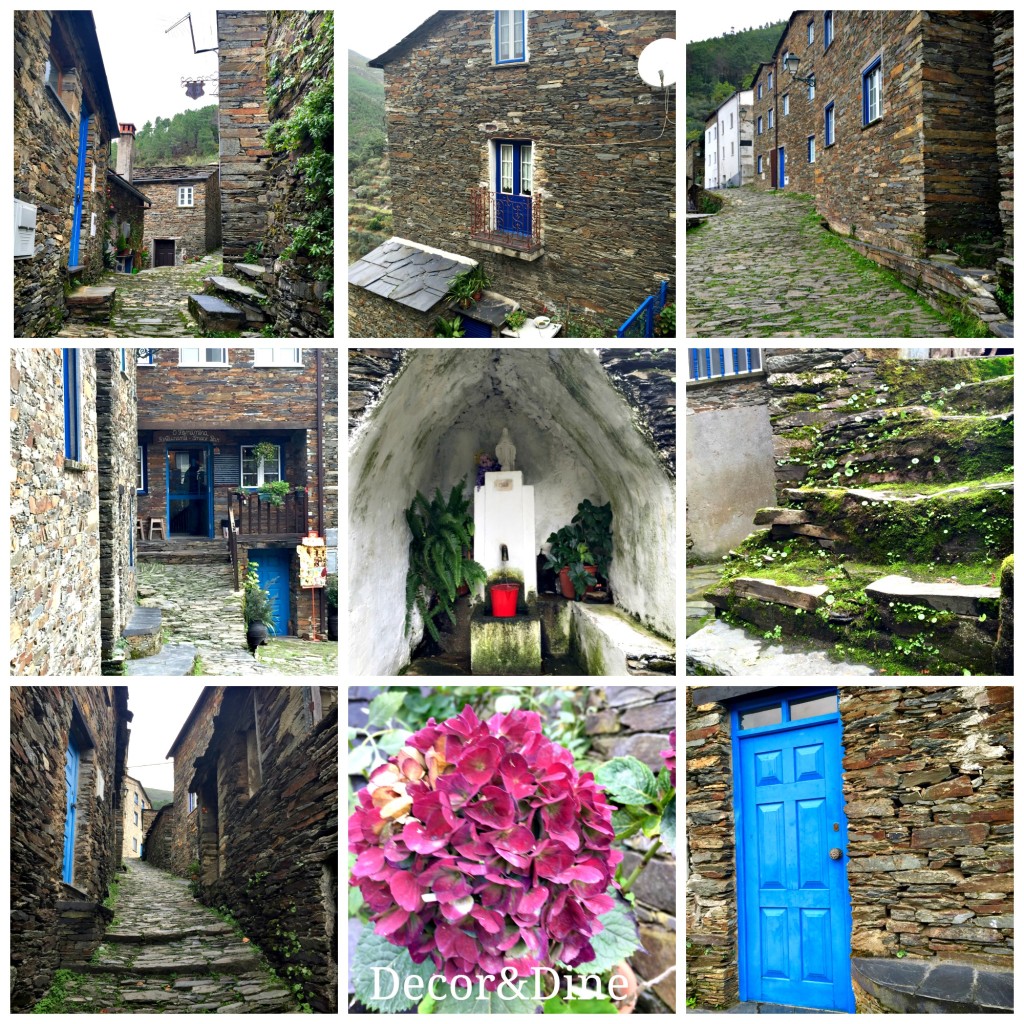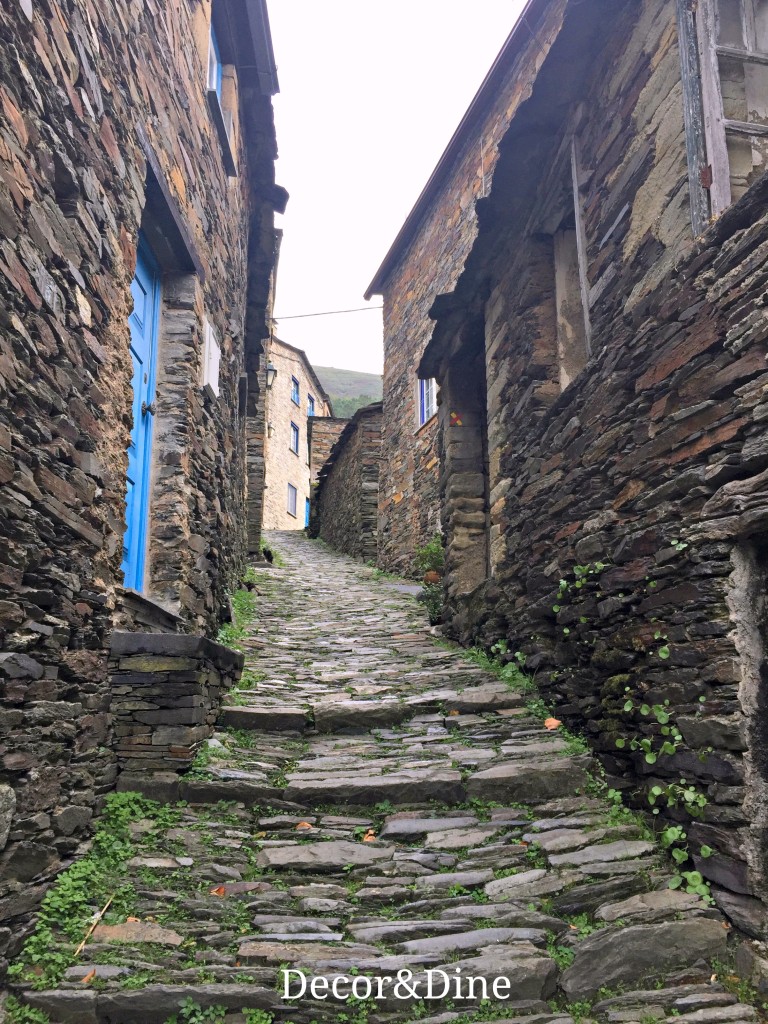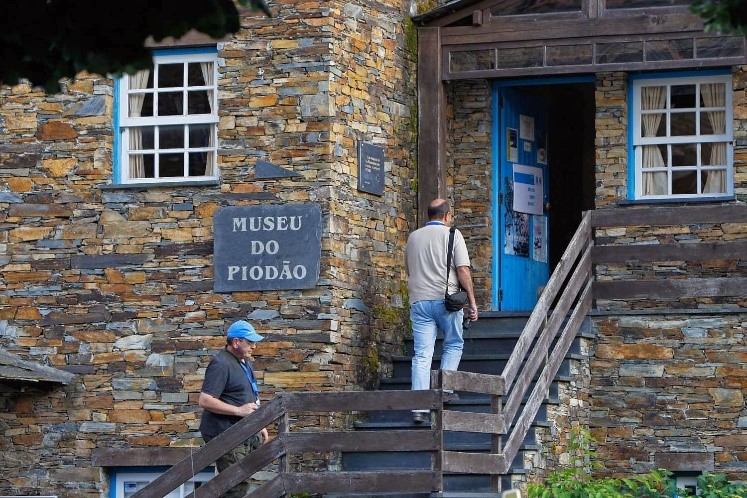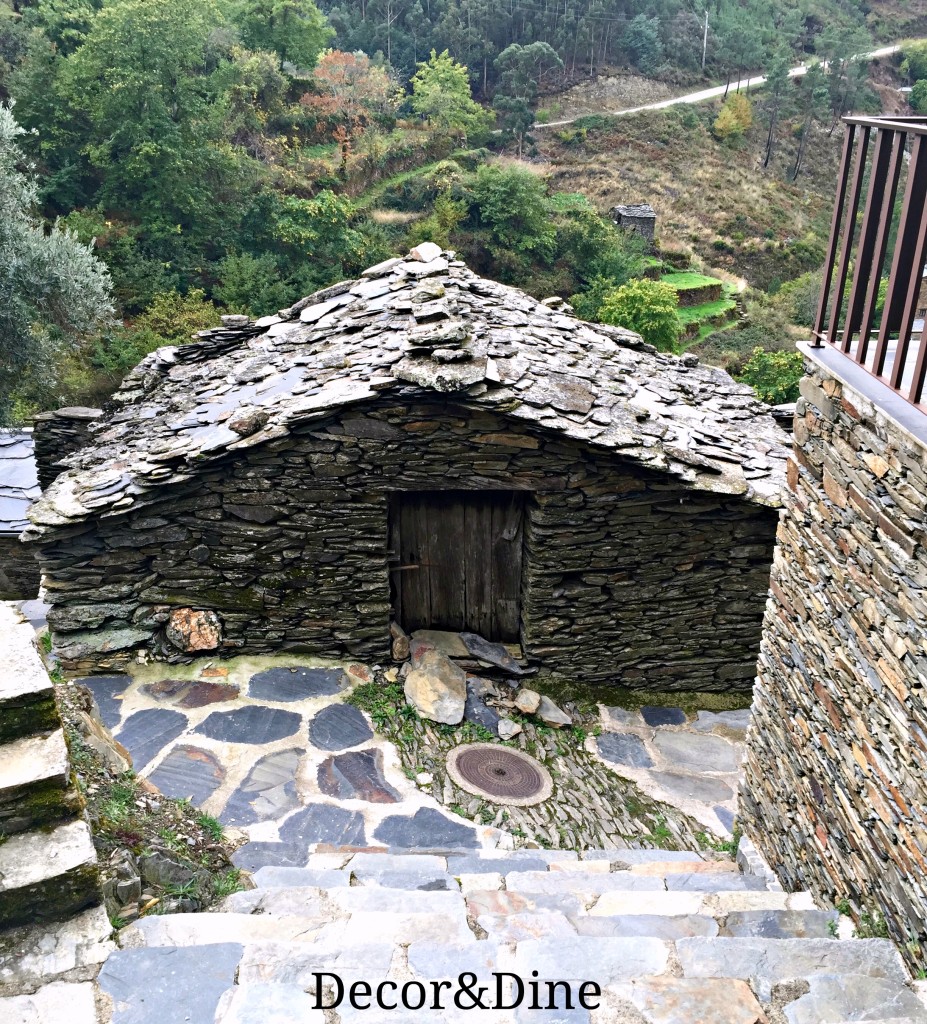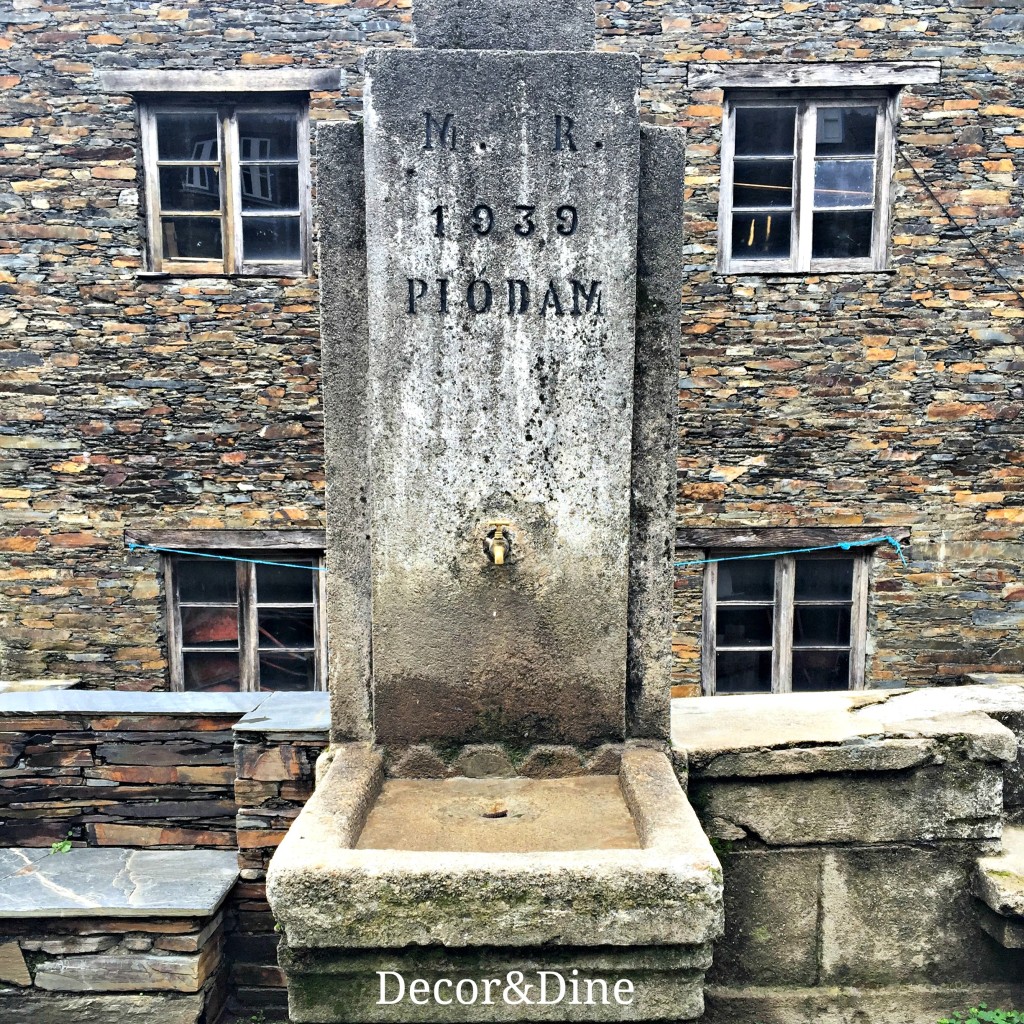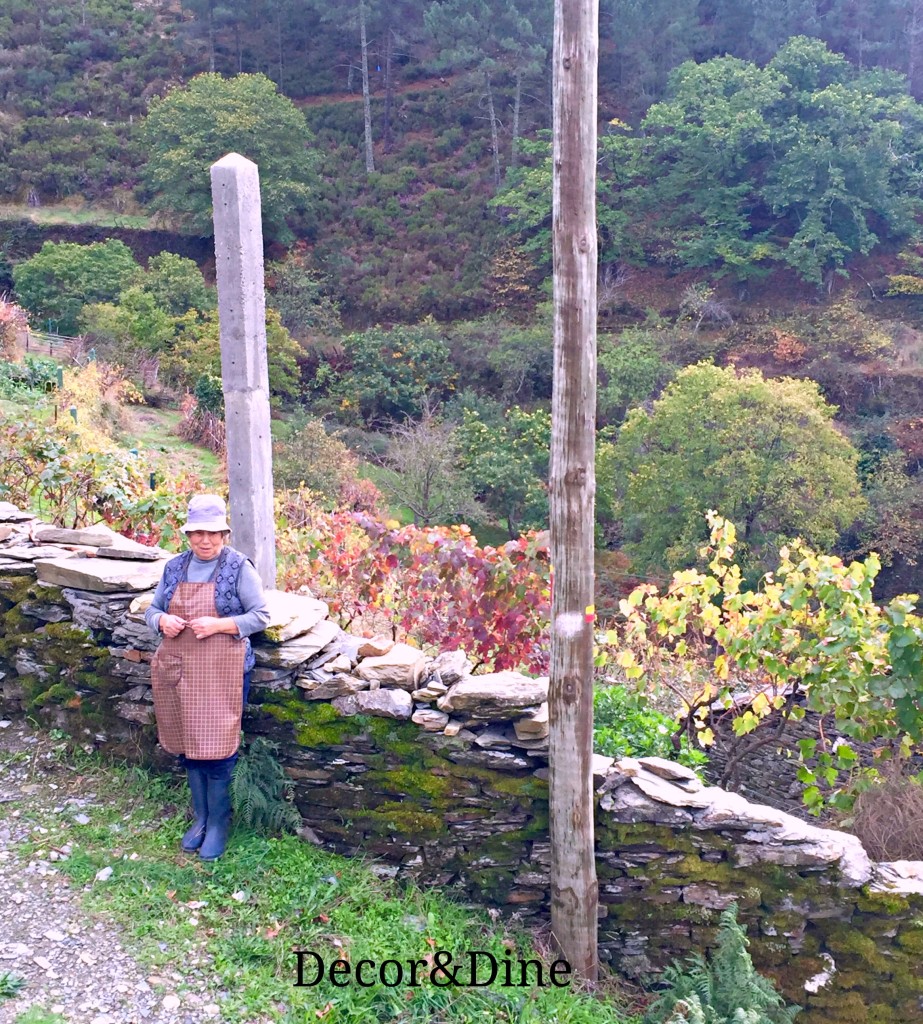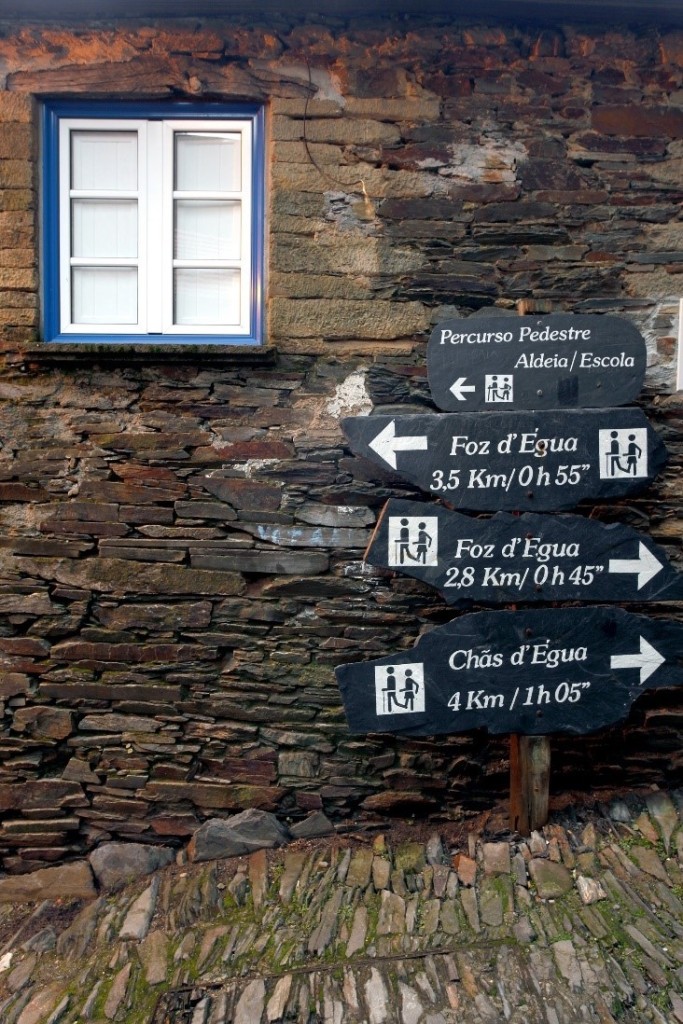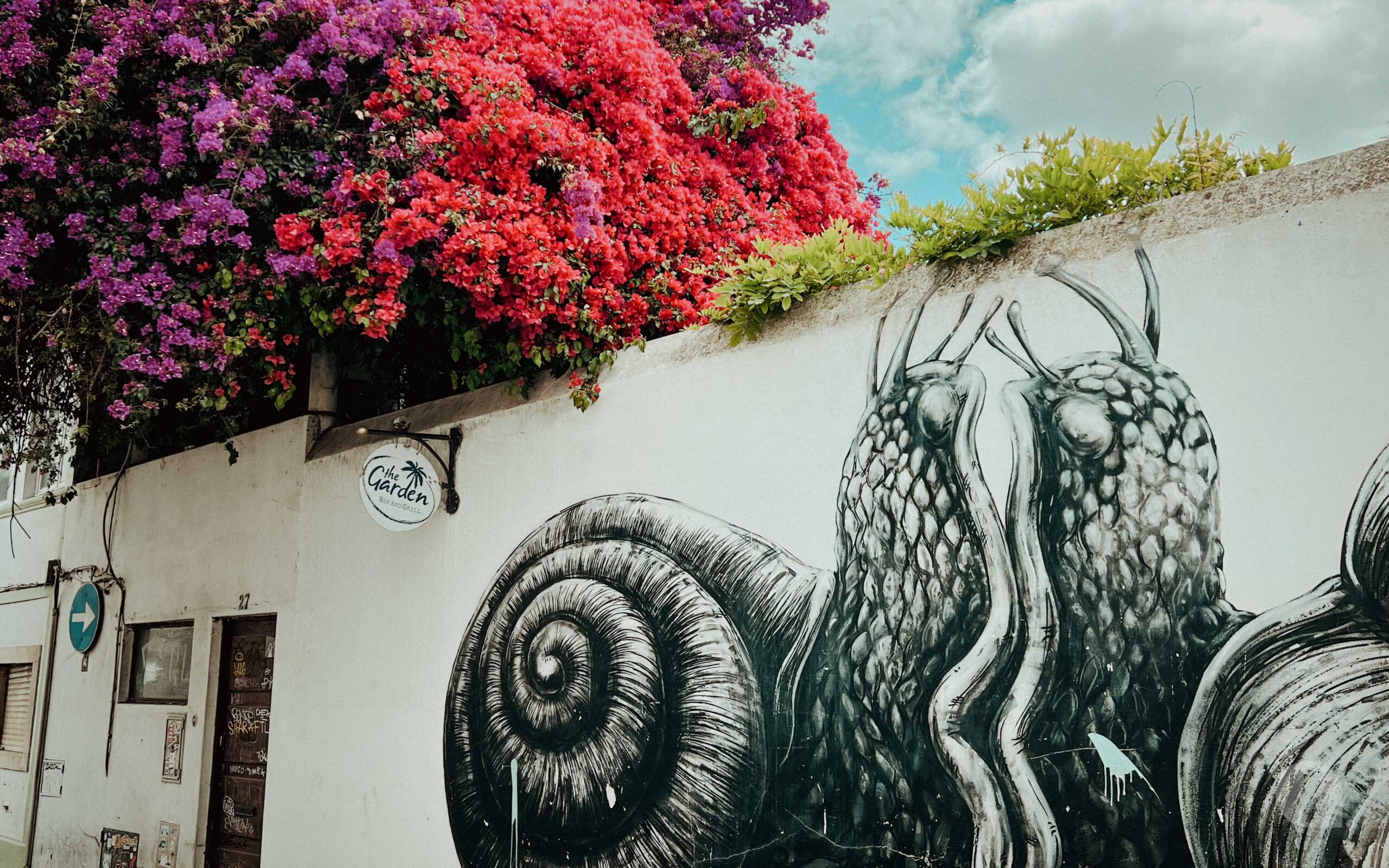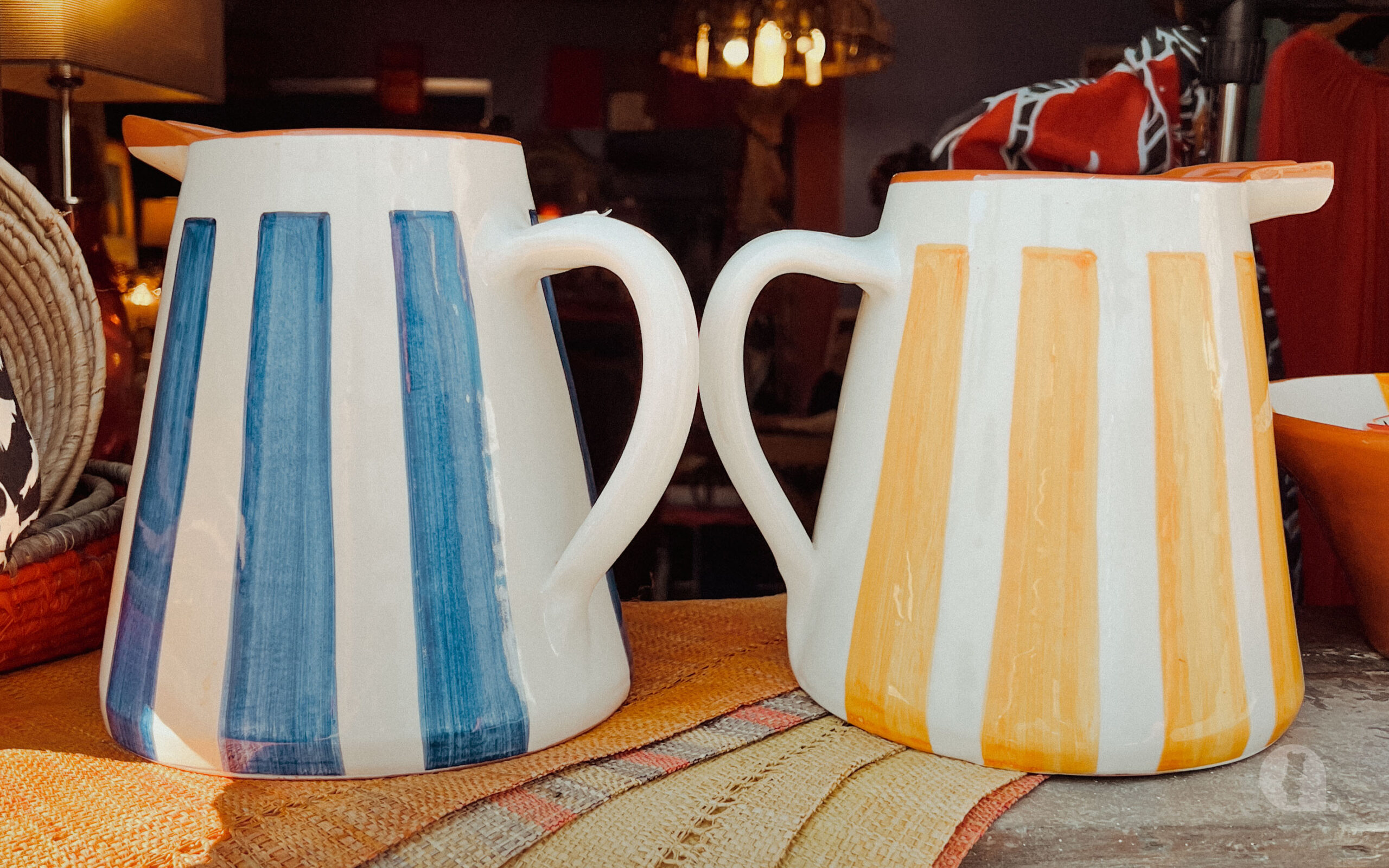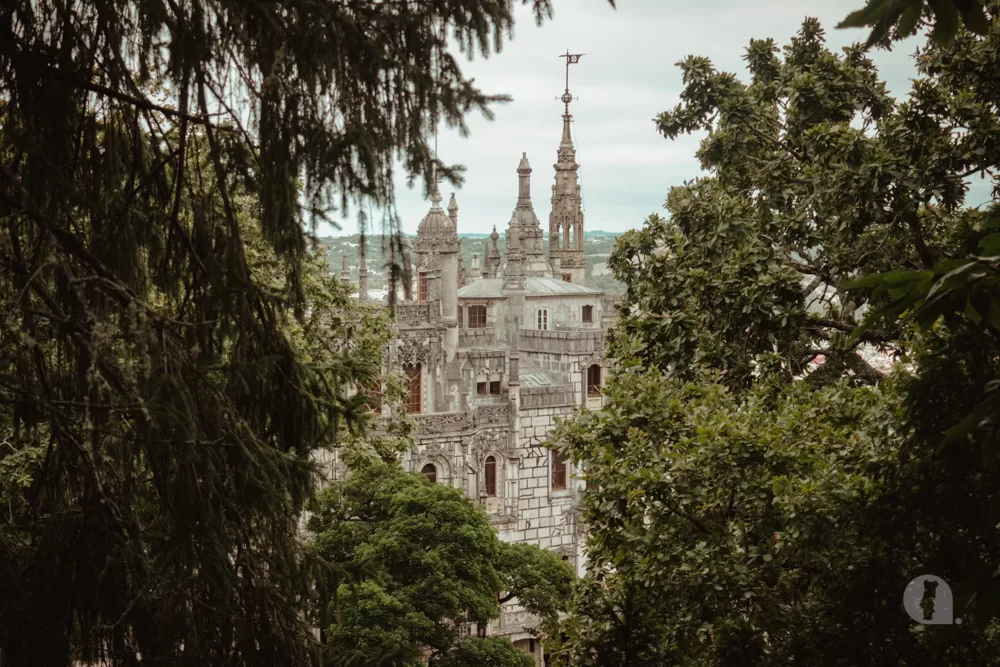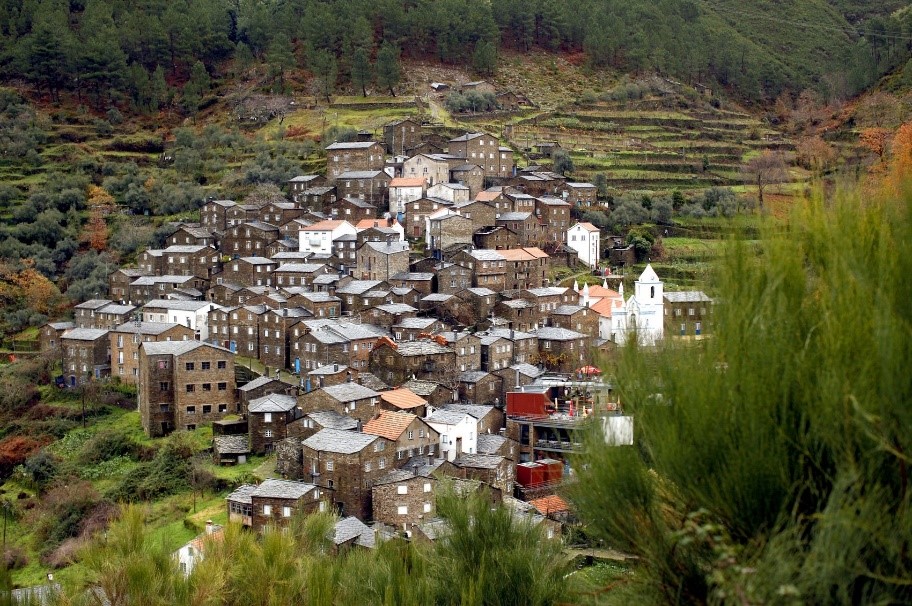 Piódão, Historical Village in Central Portugal (photo credit)
Piódão, Historical Village in Central Portugal (photo credit)
The historical village of Piódão is indeed a step back in time with a fairy tale ambiance and spectacular views Located near Coimbra in the Portuguese region of Arganil, Piódão is surrounded by terraced fields and stone walls of fertile land that stand in dark contrast to the winding slopes of the Açor Mountain within Serra de Açor. The remoteness of this village has helped to preserve many of its medieval characteristics. The village, accessible only by car, is an adventure for those who seek a sanctuary to ancient times.
Off the beaten track, Piódão provides breathtaking views, springs and pastureland. The village is reminiscent of a crib because of the harmonious way in which the houses are arranged in the form of an amphitheater. The surrounding nature is almost in its pure state and you can observe the many fauna and flora species present in the region.
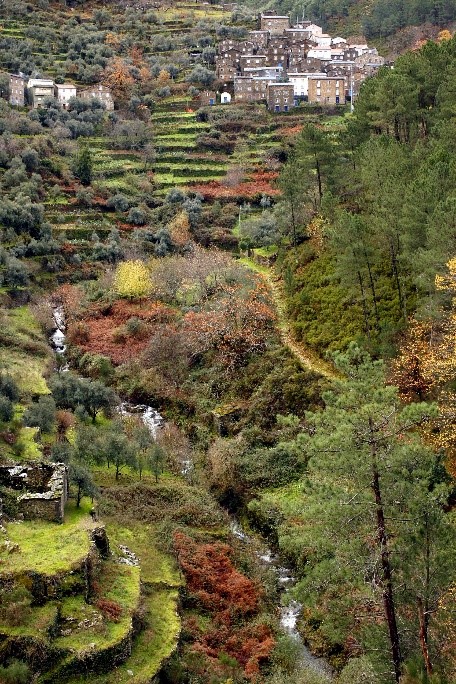 Serra de Açor, Piódão (photo credit)
Serra de Açor, Piódão (photo credit)
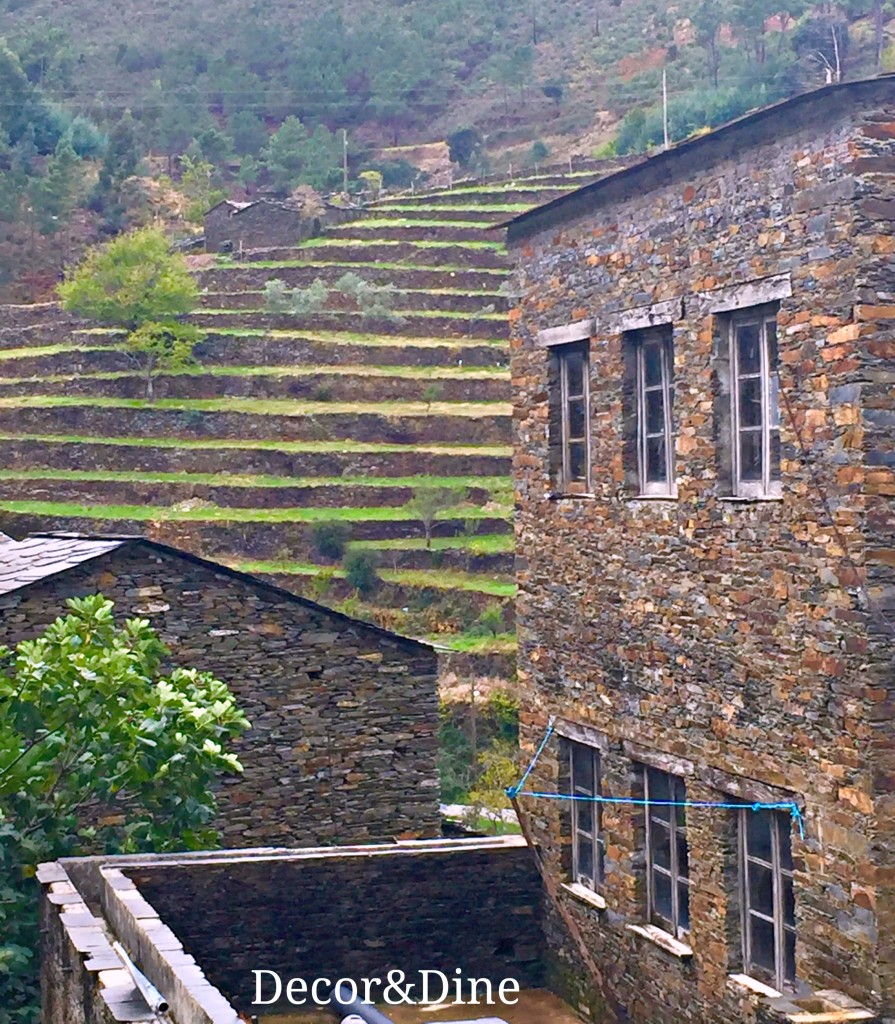 Pasture terraces sloping down the Açor Mountain
Pasture terraces sloping down the Açor Mountain
The distinctive feature of this remote mountain village with its narrow winding streets is schist, chunks of rusty brown stone capped with overlapping sheets of grey slate, that is found in great abundance in the region and used to build the small clustered houses and pavements.
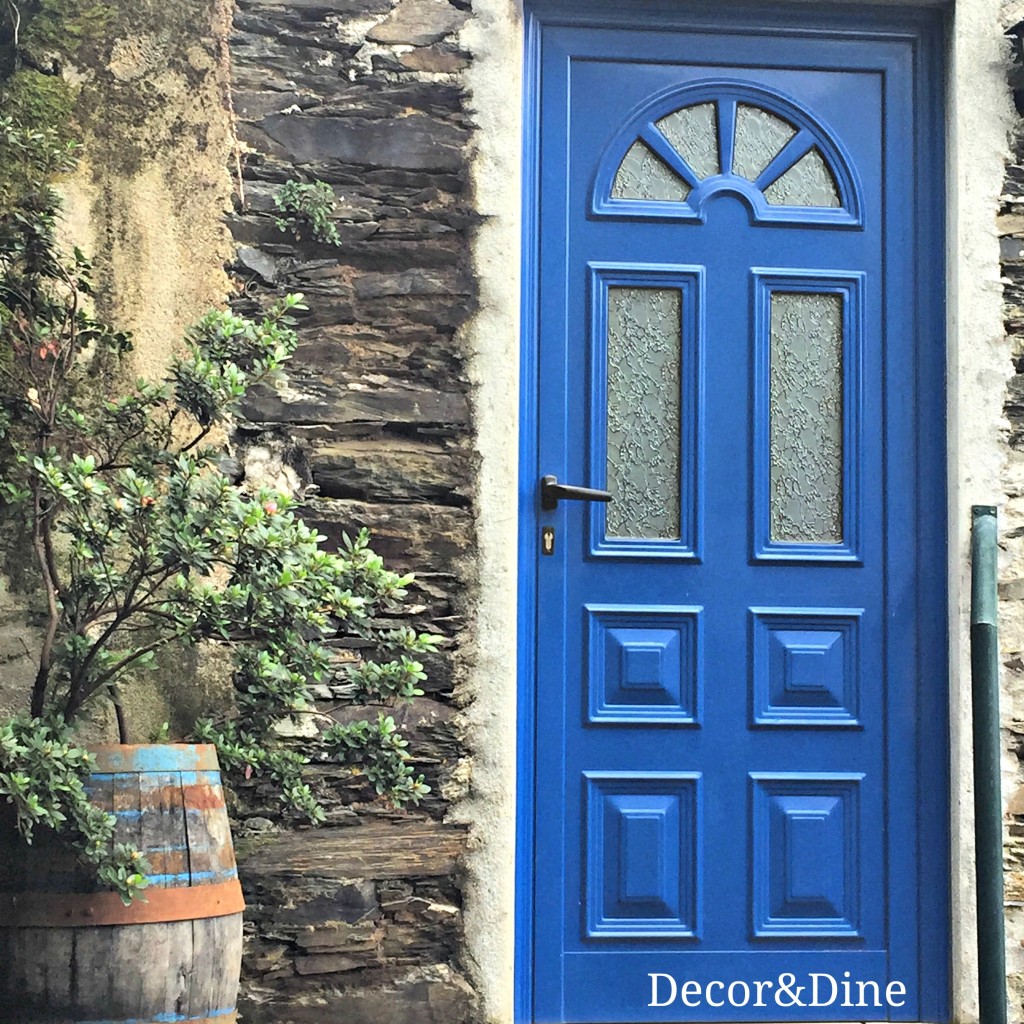 Blue painted doors and window … a common feature throughout the village
Blue painted doors and window … a common feature throughout the village
The blue paint has a historical tale…it is said the only shop in the village had one colour of paint to sell – blue – hence the colour. Nailed above many doorways are wooden crosses made from bay tree wood that has been blessed to ward off evil spirits.
One building that particularly stands out is the parish church dedicated to Our Lady of the Conception. The church dates back to the 17th century. It was renovated in the 19th century and is now under monument protection. Its white, blue-faced exterior highlights the church from the surrounding dark slate buildings.
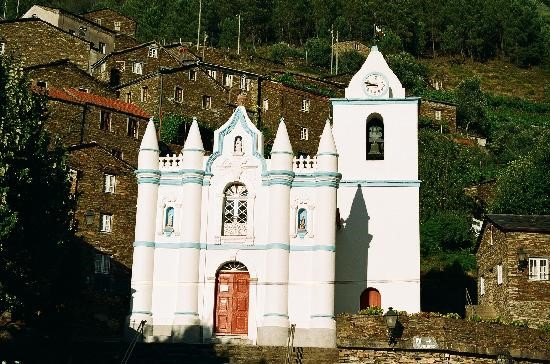 Church of Our Lady of the Conception in Piódão (photo credit)
Church of Our Lady of the Conception in Piódão (photo credit)
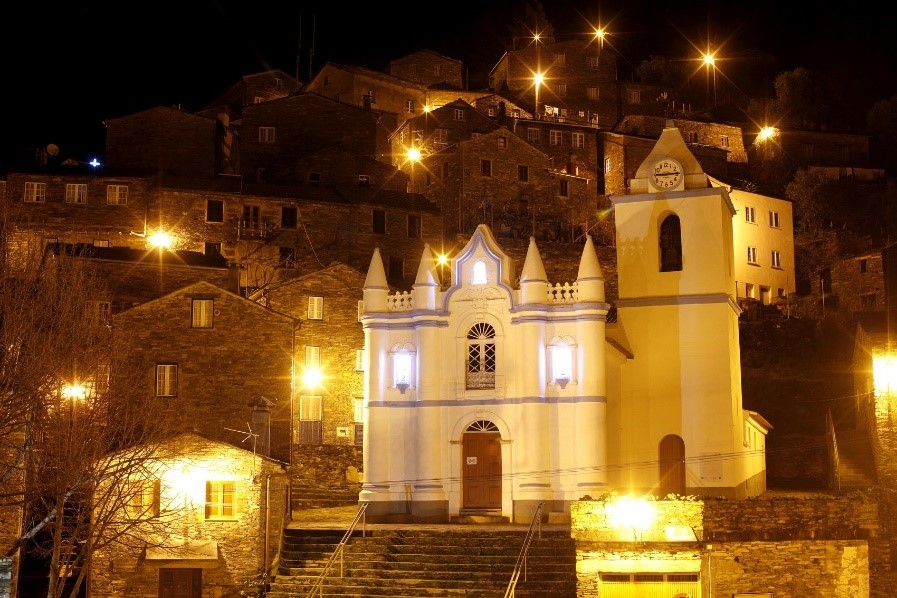 The night-view (photo credit)
The night-view (photo credit)
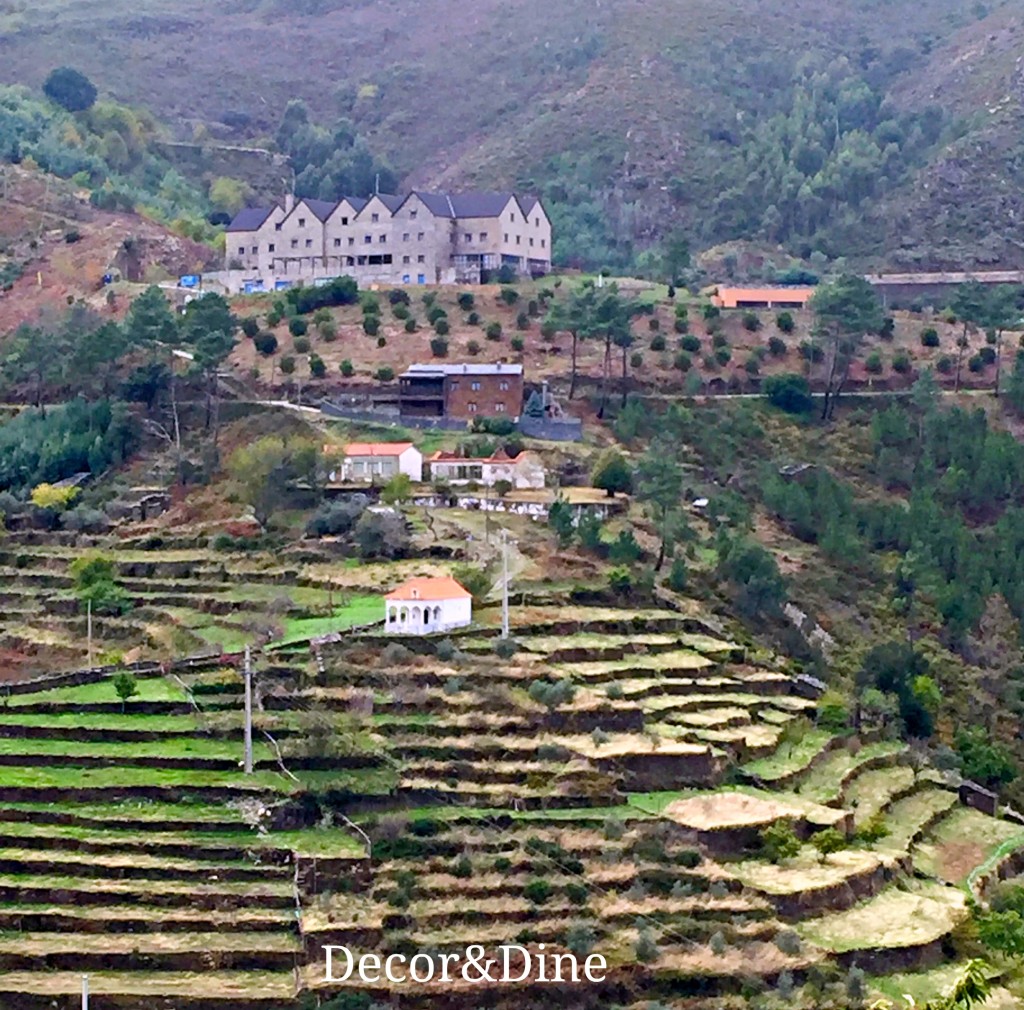 Hotel Inatel Piódão seen in the background
Hotel Inatel Piódão seen in the background
The local museum, or Museological Nucleus of Piódão, shows step-by-step how the village developed together with the ethnography of the region.
Museological Nucleus of Piódão (photo credit)
Village communal schist oven
Algares Fountain built into schist wall
Always friendly and welcoming
There are many walking routes and trails between Piódão and the nearby village of Foz d’Egua. These trails are built into the hillside and meander through an eucalyptus forest.
In an upcoming post Margaret will share her personal story as she traveled through these enchanting villages. Stay tuned.
Walking trails to neighbouring village Foz d’Egua (photo credit)
For information on places to stay, restaurants, and local shops with traditional products of the region please see VisitPortugal.
Be carefree and adventurous.
